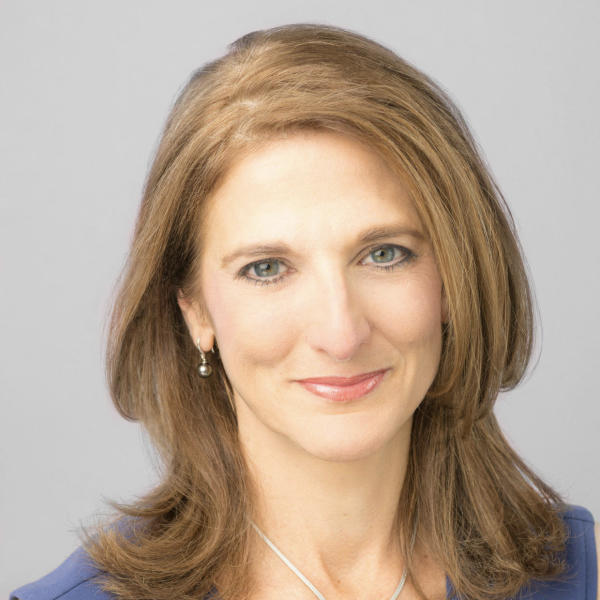Economy expands in Q4
(MoneyWatch) Fourth quarter Gross Domestic Product -- the value of all goods and services produced -- grew at an annual rate of 0.4 percent, a big downshift from 3.1 percent in the third quarter, but better than the initial reading of -0.1 percent and the second revision of 0.1 percent. The results improved due to 16.7 percent annualized increase in business investment, up from the 5.8 percent previously believed.
The big problem during Q4 was government spending, which plummeted due to the biggest cut in defense spending in 40 years. Additionally, consumer spending, which was originally thought to have increased by 2.1 percent, only nudged up by 1.8 percent.
The final release also included alternative gross domestic income figures, which according to Paul Ashworth, the Chief US Economist at Capital Economics, shows a brightening picture.
"Growth [is] actually accelerating markedly from 1.6 percent in the third quarter to 2.6 percent in the fourth," he said. "So measuring activity from the expenditure side of the economy [GDP], growth was very weak, but measured from the income side it was actually pretty strong."
Growth for all of 2012 was 2.2 percent, ahead of 2011's growth of 1.8 percent, though slightly less than the 2010 reading of 2.4 percent. The real rate of economic growth during the recovery has averaged about 2.2 percent, which is about half the 4.23 percent average rate in the past 10 recoveries and well-below the average annualized GDP since World War II of 3 - 3.5 percent.
Of course Q4 feels like a distant memory, especially as we approach the end of the first quarter. With all of the worries about sequestration, the payroll tax increase, higher prices at the pumps and the recent flare-up in the euro zone, growth appears to be strengthening in 2013. The areas that are powering the better than expected results include: housing, residential investment and business spending.
All of these factors have helped companies to reap great rewards. Fourth quarter corporate profits increased by 2.3 percent (unannualized), which according to Ashworth, "is not bad for an economy that (if you believe the GDP rather than the GDI figures) was barely growing at all."
So is the economy in better shape than most expected? You betcha, says University of Oregon professor of economics Tim Duy.
"The recovery is here to stay," he wrote in blog post this week. "Not 'stay' as in 'permanent' -- I am not predicting the end of the business cycle. But "stay" until some point after the Federal Reserve begins to raise interest rates, which I don't expect until 2015. This doesn't mean you need to be happy about the pace of growth. But it does mean that a US recession in the next three years should be pretty far down on your list of concerns."
That optimism should be tempered with healthy pessimism, says Dean Baker, co-founder and director of the Center for Economic and Policy Research, who said the recent drop in the Conference Board's index of consumer confidence current conditions index "should be taken as a serious warning that consumers may be tightening their belts."
And then there's Lakshman Achuthan, co-founder of Economic Cycle Research Institute (ECRI), who is not convinced that all is well with the US economy. In September 2011, ECRI made a recession call, which it then clarified in December 2011. Based on the business cycle research that ECRI conducts, the firm projected that a mild recession would begin by mid-2012, but would not be recognized before the end of 2012.
As of Thursday morning, with the S&P pushing beyond record highs, investors appear to disregarding Achuthan's prognostication, at least for now.

